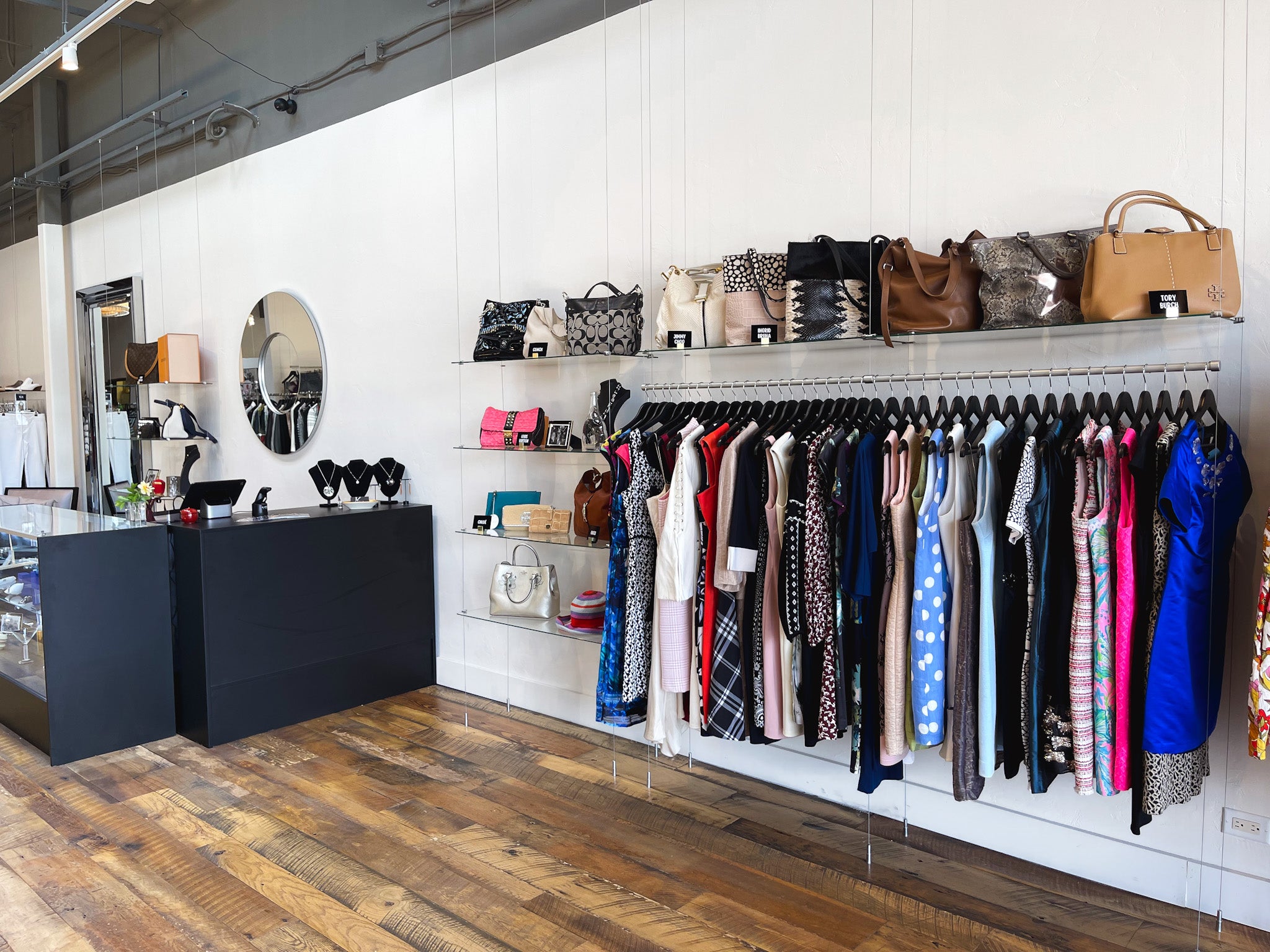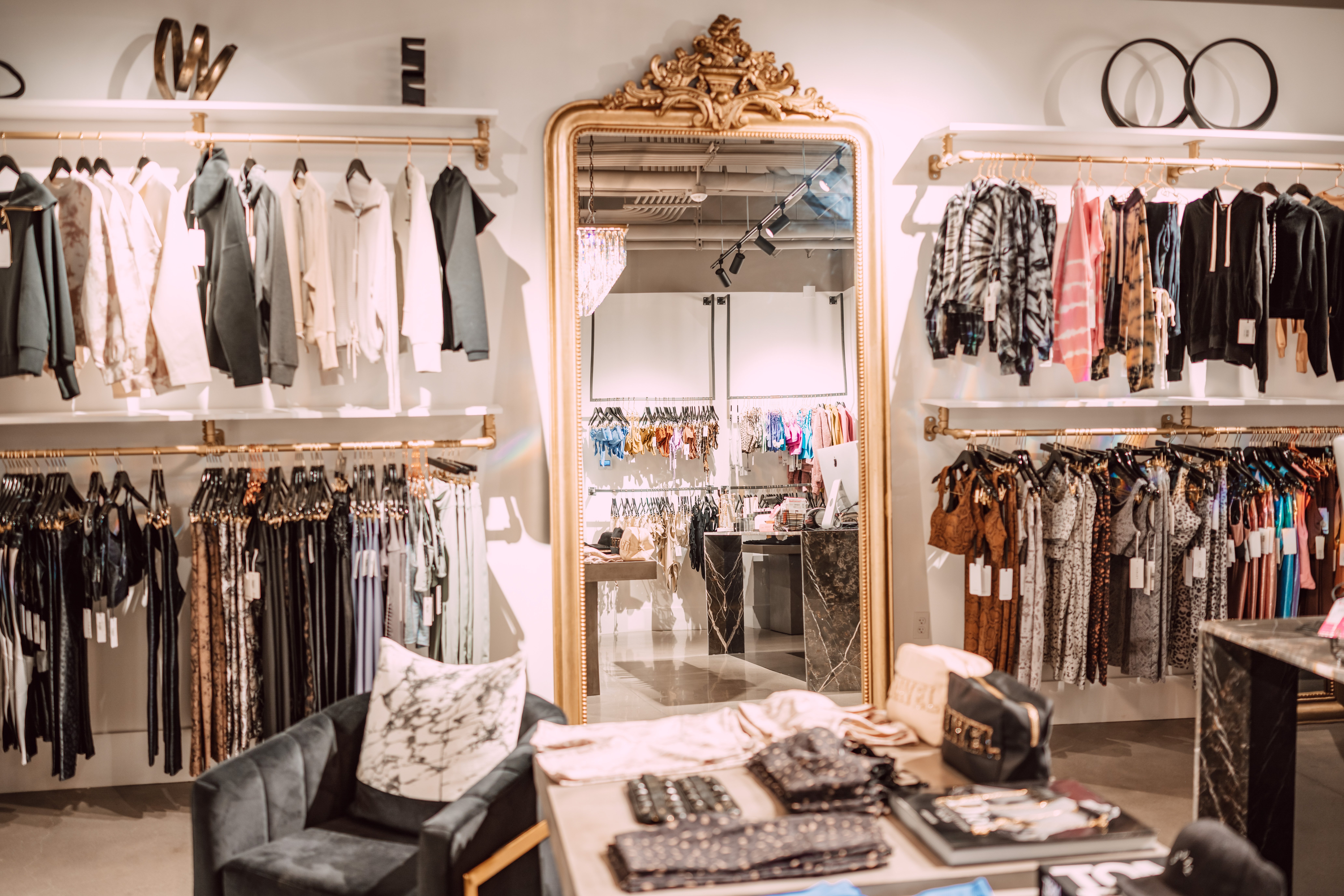Discovering the Advancement and Effect of Apparel on Modern Fashion Trends
The advancement of apparel has actually dramatically affected contemporary fashion trends, combining historic criteria with cutting-edge developments. Renowned numbers like Coco Chanel and Yves Saint Laurent reinvented the style sector by introducing ideas that prioritize convenience and ease of access, which continue to resonate today.
Historic Style Influencers
In the tapestry of style history, particular figures have actually left an indelible mark, forming the trends and designs that define entire ages. Coco Chanel, an advanced designer, redefined women's style by presenting comfy, classy garments that left from limiting bodices.
Elsa Schiaparelli is another pivotal figure, renowned for her progressive styles that included surrealist art, teaming up with Salvador Dalí to develop whimsical items that challenged standard aesthetic appeals. Her ingenious usage of shade and bold patterns resounds in modern style. Yves Saint Laurent, on the other hand, equalized high fashion with prêt-à-porter collections, bringing path designs to the masses and establishing a precedent for contemporary ready-to-wear lines.
These enthusiasts, to name a few, not only transformed style in their times yet likewise set enduring trends that reverberate in today's garment industry, offering a foundation whereupon contemporary developers proceed to introduce and construct. Their heritages underscore the relevance of creative thinking and daring in fashion's ever-evolving story.
Technical Developments in Style
In the middle of the dynamic landscape of the garment industry, technological developments stand at the forefront of advancement, reshaping exactly how designers produce and customers engage with fashion. The assimilation of 3D printing has actually reinvented design procedures, allowing developers to explore complex structures and lasting materials that were formerly inconceivable. This modern technology facilitates quick prototyping, reducing waste and expediting manufacturing times.

Smart fabrics, embedding innovation right into fabrics, are additionally transforming the sector. Technologies like self-cleaning and temperature-regulating materials provide enhanced performance and comfort. Wearable innovation, including features like fitness tracking and interaction, includes a new measurement to style, merging appearances with usefulness.
Social Shifts and Style
As technological innovations continue to improve the style industry, cultural shifts are just as significant, redefining design and consumer choices. In the last few years, the increase of social media systems has actually accelerated the circulation of international style fads, permitting varied cultural influences to assemble and exist together. This electronic interconnectivity has assisted in the rapid exchange of concepts, leading to an extra diverse and inclusive interpretation of design that mirrors the multifaceted nature of modern-day society.
Social recognition and admiration have prompted designers to draw motivation from a wider spectrum of ethnic and historical contexts, integrating typical motifs with modern looks. This fusion has led to fashion that resonates with a wider audience, advertising a feeling of identity and belonging throughout different demographics. Additionally, the enhancing demand for customization has driven brand names to provide customizable options, enabling customers to share individuality while showing their social heritage.
Moreover, changing social worths have affected fashion, with inclusivity and diversity coming to be main themes. The market has begun to welcome versions and influencers of numerous body types, ethnicities, and sex identifications, challenging conventional appeal requirements. This improvement underscores the power of social changes fit the future of fashion, as design becomes a much more authentic expression of individual and cumulative identification.
Sustainability and Modern Design
While the fashion business remains to develop, the imperative for sustainability has actually become significantly urgent, affecting contemporary style techniques. This shift intends to deal with moral factors to consider and ecological problems, leading to a reevaluation of traditional manufacturing approaches. Developers are now incorporating lasting products, such as natural cotton, recycled polyester, and eco-friendly materials, right into their collections, lowering the ecological footprint of style. The surge of slow-moving style, which stresses top quality over quantity, urges consumers to purchase classic pieces rather than short-term patterns.
Furthermore, contemporary style is defined by its development in lessening waste and promoting circularity. This method not just reduces environmental influence however also enhances the social obligation of style houses.

Future Trends in vogue

Sustainability will continue to be a driving force in forming future fashion trends. The market is significantly adopting environment-friendly products and moral production approaches, responding to a growing consumer need for accountable methods. Developments such as bio-fabricated materials and closed-loop recycling systems are readied to redefine how clothes is generated and taken in, reducing ecological impact while maintaining style and high quality.
Cultural changes, consisting of the increase of inclusivity and variety, will also play a critical duty. As culture becomes much more conscious of social issues, fashion is anticipated to end up being a platform for expression and adjustment. Developers will likely concentrate on developing collections that reflect a more comprehensive series of identifications and experiences, championing representation and accessibility.
Verdict
The evolution of garments considerably influences modern-day style fads, where historical influences combine with contemporary styles. Key figures like Coco Chanel and Yves Saint Laurent have actually redefined style, while technical technologies such as 3D printing and wise textiles increase imaginative opportunities. Social shifts towards inclusivity and sustainability urge brand names to take on honest practices and embrace variety. This continuous advancement emphasizes style's role as a mirror to social values and technological improvement, suggesting a future rich with technology and inclusivity.
The development of clothes has actually dramatically influenced modern-day fashion trends, combining historical precedents with cutting-edge technologies.Among the dynamic landscape of the style sector, technical advancements stand at the leading edge of development, improving how developers develop and customers involve with fashion.While the style sector proceeds to progress, the necessary for sustainability has actually come to be significantly urgent, affecting modern layout techniques. site web As sustainability becomes embedded in contemporary design, it leads the method for a more liable and aware fashion market.
The development of garments considerably affects modern go to my site fashion trends, where historical influences merge with modern designs.